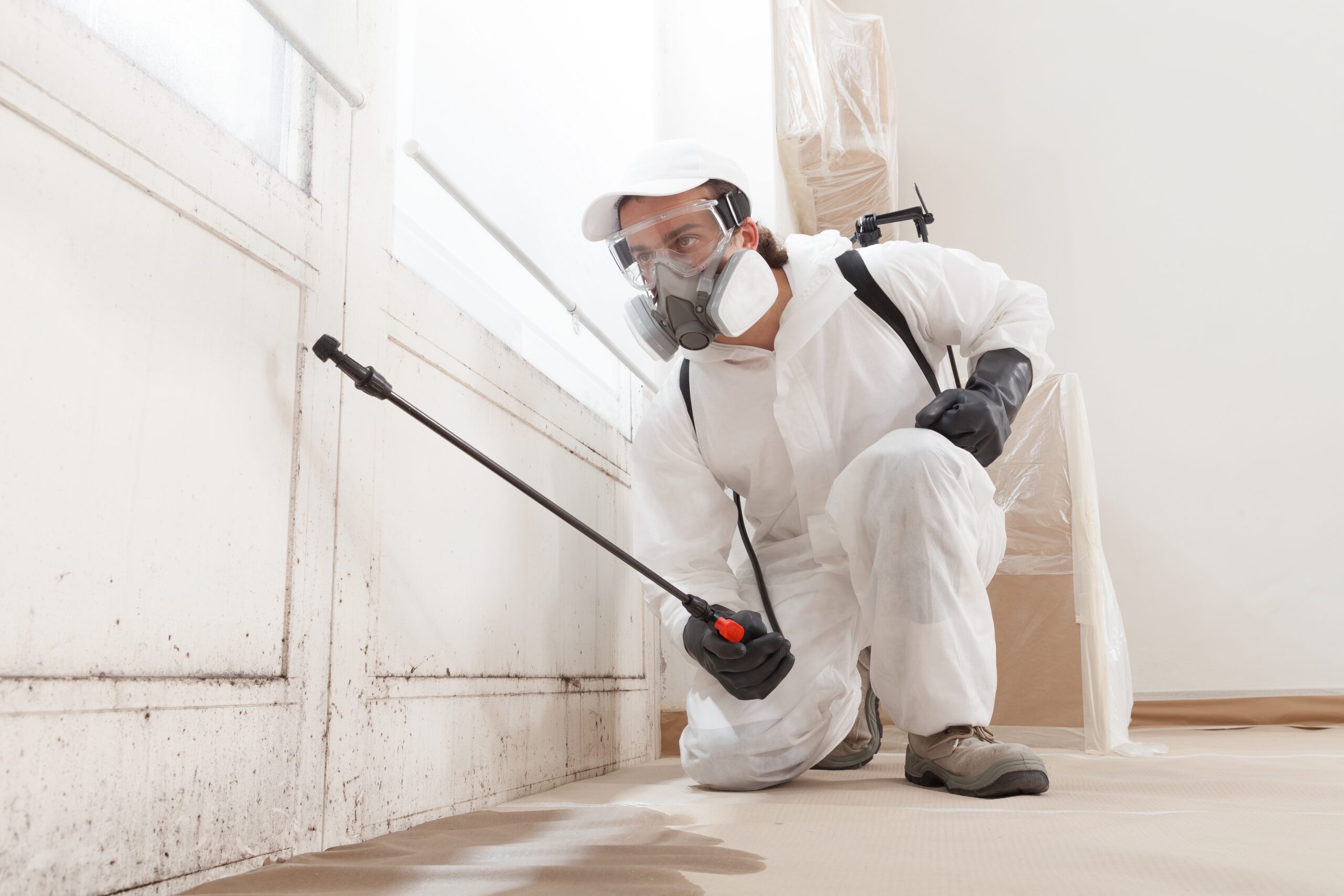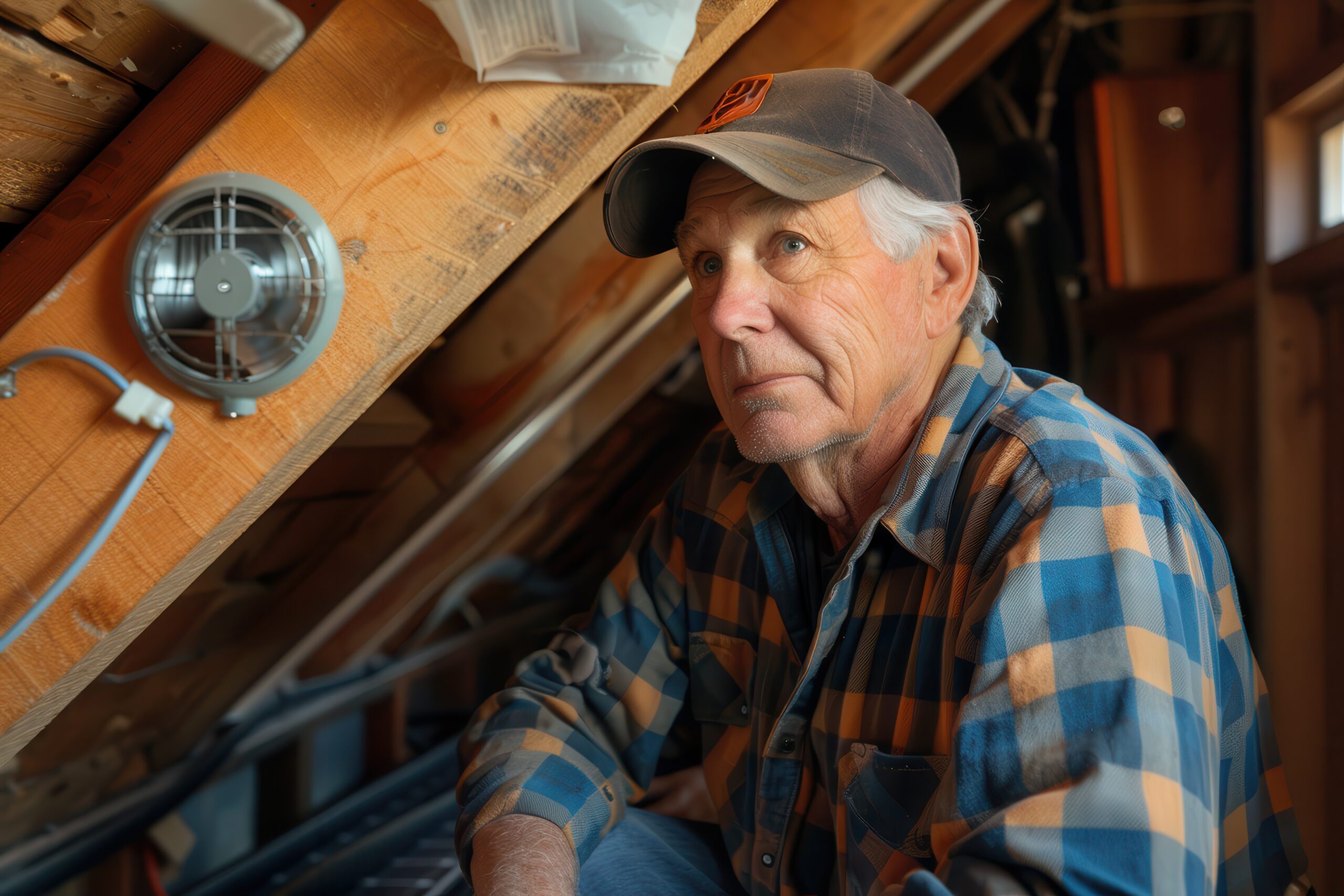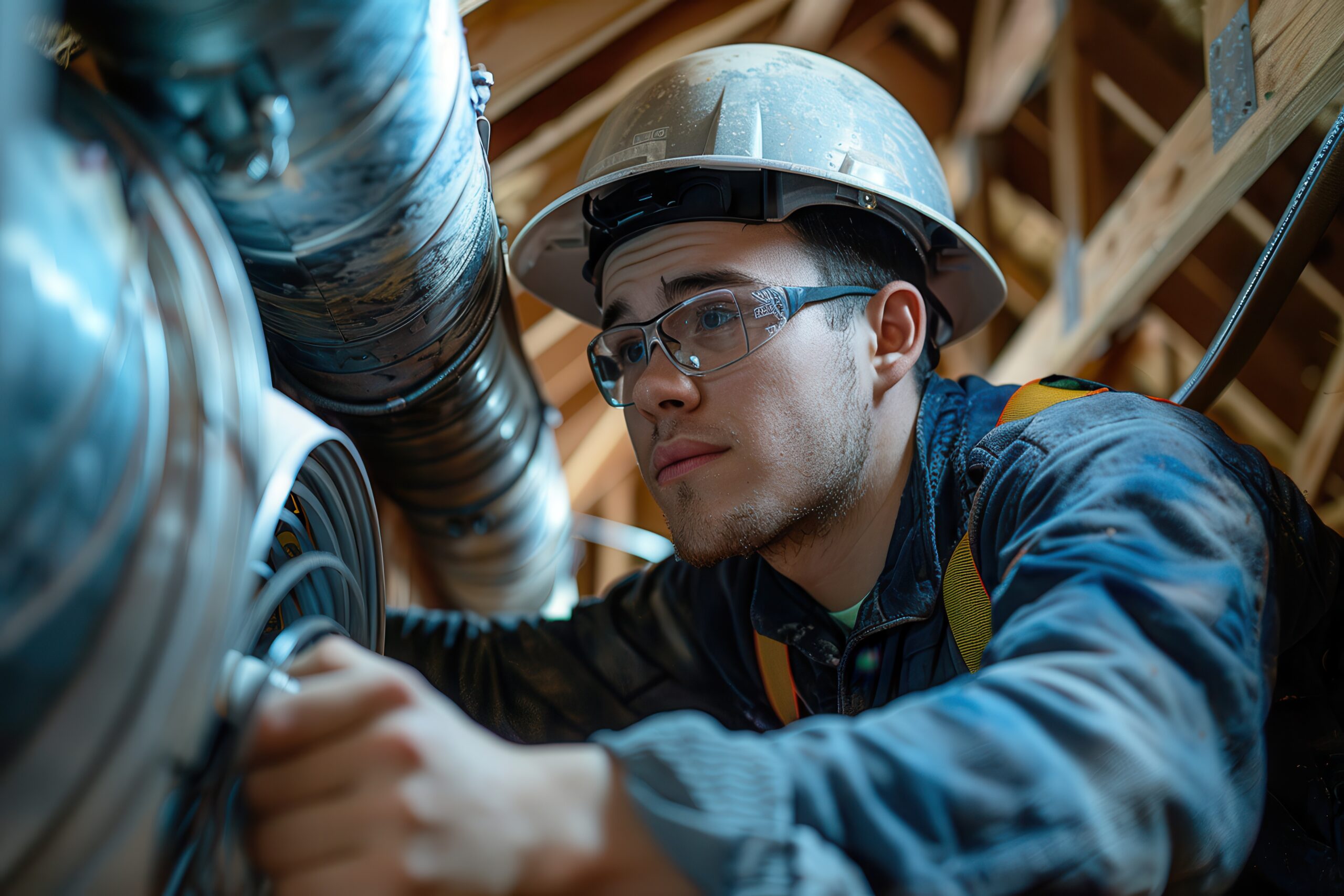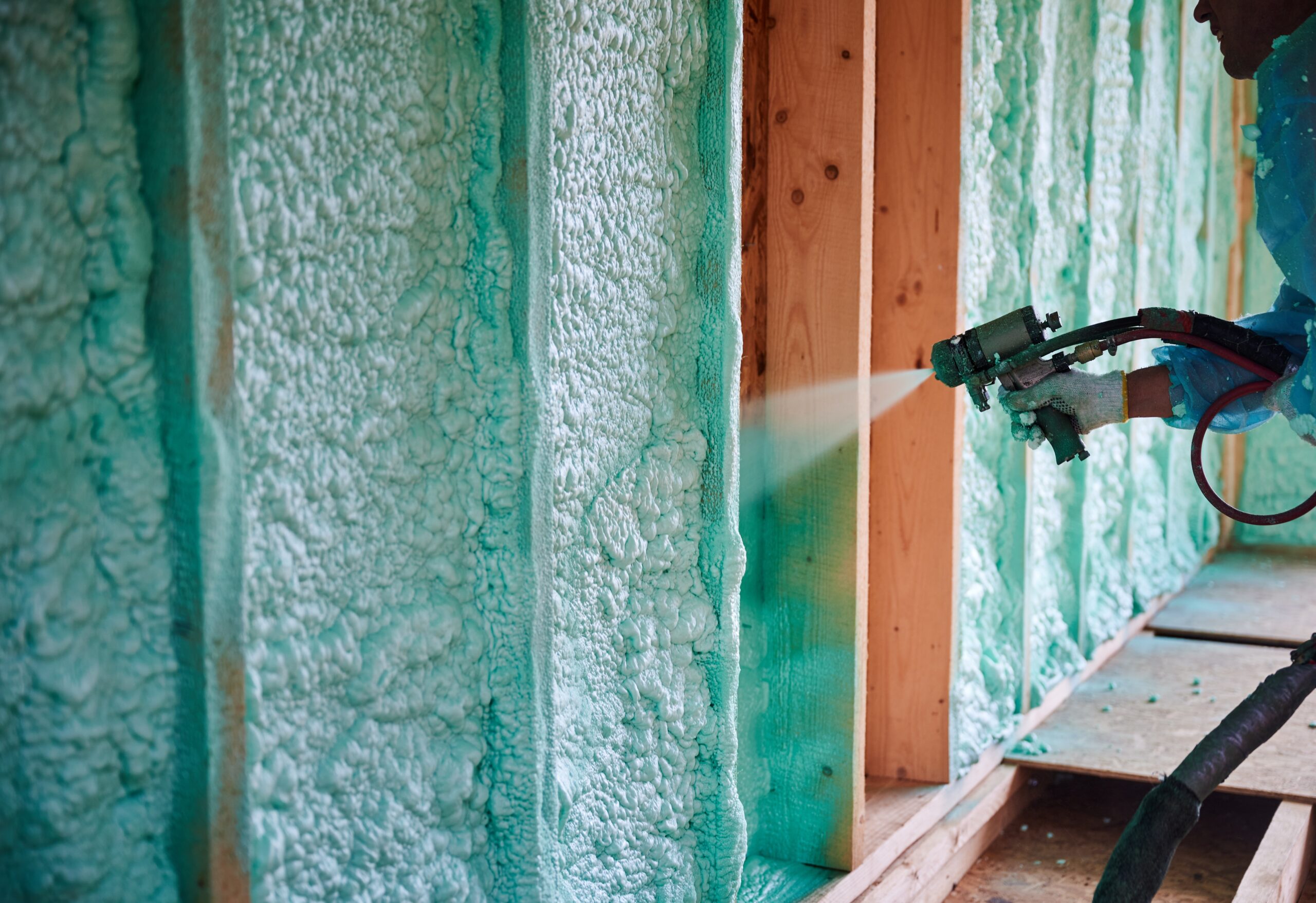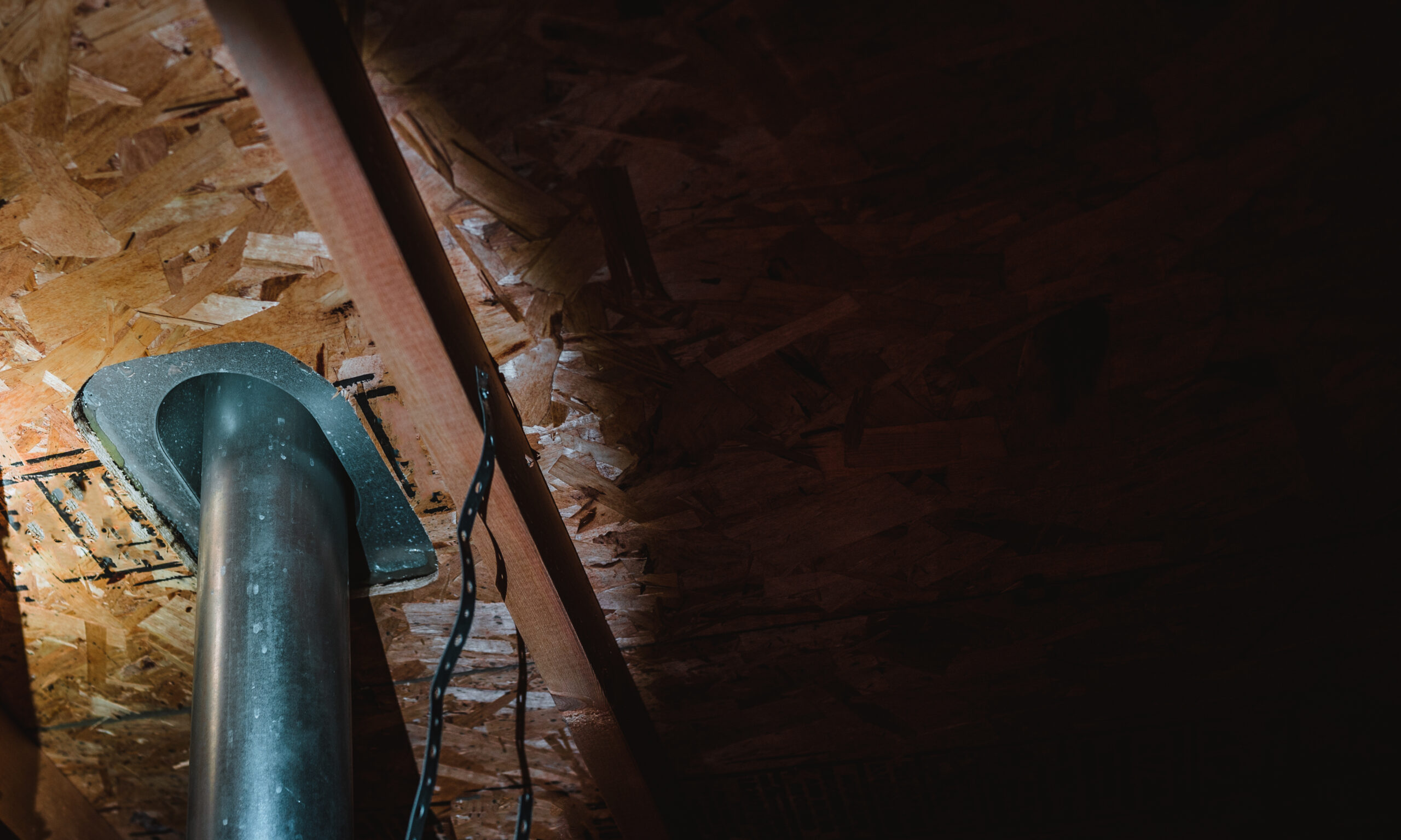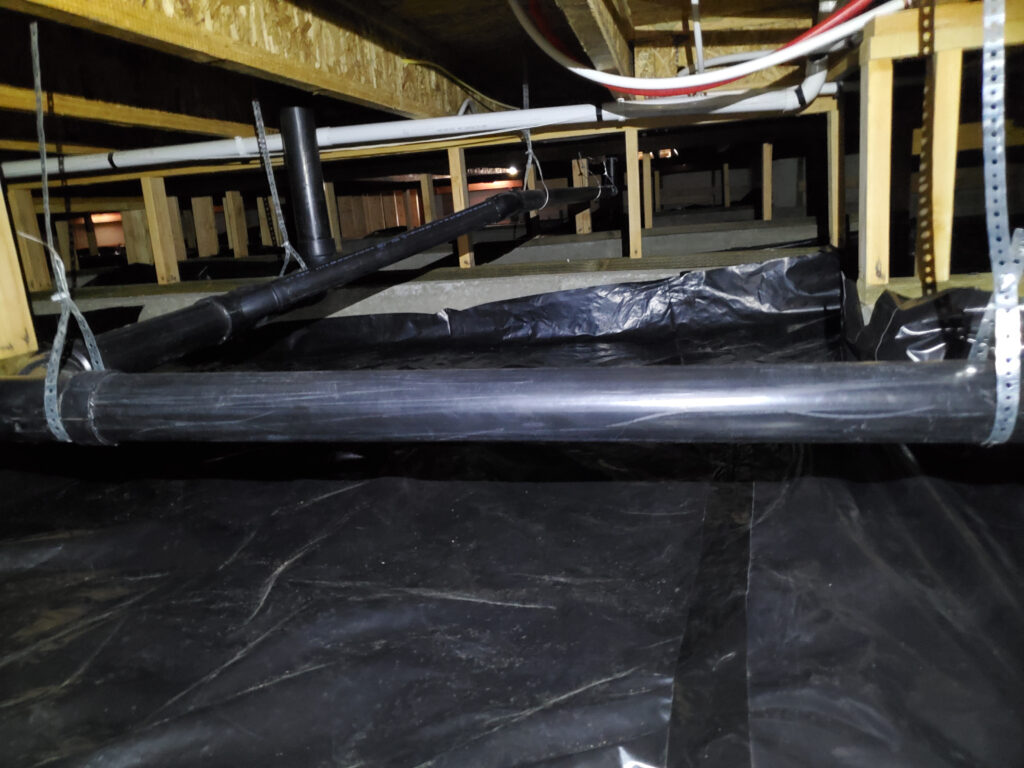
Understanding vapor barriers is crucial for maintaining the integrity of buildings and preventing moisture-related problems. Vapor barriers are materials used to slow down the movement of water vapor, not air, thus protecting structures from moisture damage.
Key Points
- Definition of Vapor Barriers: Vapor barriers are materials such as polyethylene plastic sheets or aluminum foil designed to prevent the passage of water vapor.
- Moisture-Related Problems: Improper installation can lead to significant issues like mold growth and structural damage.
- What’s Covered in This Article: We’ll explore what vapor barriers are, their types, their role in building codes, installation best practices, and how to identify moisture-related problems.
By understanding the importance of vapor barriers, homeowners and professionals can ensure proper installation and maintenance, ultimately leading to safer and more durable buildings.
What is a Vapor Barrier?
A vapor barrier is a material used to resist the diffusion of moisture through walls, ceilings, and floors. Its primary function is to prevent water vapor from infiltrating building materials which can lead to mold growth, structural damage, and a host of other moisture-related problems.
Common Materials for Vapor Barriers
Several materials are commonly used for creating effective vapor barriers:
- Polyethylene Plastic Sheet: Frequently used due to its durability and impermeability. Typically available in various thicknesses, with 6-mil being a common choice.
- Aluminum Foil: Offers excellent resistance to moisture and provides reflective insulation benefits.
- Elastomeric Coatings: Applied as liquid and cured to form a flexible but durable barrier.
- Asphalt-Coated Kraft Paper: Often found in batt insulation products as a facing material.
- Metallized Film: Combines the properties of plastic film with a thin metal coating to enhance moisture resistance.
- Vapor Retarder Paints: Specialized paints that add a moisture-resistant layer when applied to walls or ceilings.
- Extruded Polystyrene (XPS) Foam Board: Provides both thermal insulation and vapor resistance.
- Foil-Faced Foam Board Insulation: Combines the insulation properties of foam board with the reflective and moisture-resistant characteristics of aluminum foil.
Each material has specific use cases depending on the building’s needs and climate considerations. Proper selection and installation are crucial for ensuring the barrier’s effectiveness in preventing moisture-related issues. For expert advice on such installations, you might want to consult professionals like those at Triangle Radiant Barrier, who specialize in this field.
Types of Vapor Barriers
Class-I Vapor Barrier
Class-I vapor barriers are the most effective at preventing moisture transmission. These barriers are characterized by their very low perm rating, typically less than 0.1 perms. The following points delve into their definition, specific use cases, and importance in different climates:
Definition
A Class-I vapor barrier is a material with a perm rating of 0.1 or less. This extremely low permeability makes it highly effective at blocking water vapor from passing through, thereby protecting the building structure from moisture-related damage.
Common Materials
- Polyethylene plastic sheets (commonly 6 mil thickness)
- Aluminum foil
- Glass
- Sheet-type roofing membranes
Use Cases in Building Construction
- Basements and Crawlspaces: To prevent ground moisture from migrating into the living spaces.
- Exterior Walls in Cold Climates: To block moisture from entering wall cavities and forming condensation.
- Roofing Systems: To protect attic spaces from moisture accumulation, which can lead to mold growth and wood rot.
Importance in Preventing Moisture in Colder Climates
In colder climates, buildings are more susceptible to condensation issues due to the significant temperature differences between indoor and outdoor environments. Using Class-I vapor barriers can help mitigate these risks by ensuring that warm, moist indoor air does not meet cold surfaces where it can condense.
Example: In climate zones 5 and above, using a Class-I vapor barrier on the interior side of exterior walls is crucial for preventing condensation within the wall assembly during winter months.
Class-II Vapor Barrier
Class-II vapor barriers have a slightly higher perm rating than Class-I but still provide substantial moisture protection.
Definition
A Class-II vapor barrier has a perm rating between 0.1 and 1.0 perms.
Scenarios Where This Class is Appropriate
- Interior walls in buildings equipped with air conditioning systems
- Areas with fluctuating temperatures where some level of breathability is needed
Example Use Cases
- Interior Walls with Air Conditioning (AC): To balance moisture control without over-restricting airflow.
- Mixed Climate Zones: Where buildings experience both heating and cooling seasons, requiring a versatile solution.
Class-III Vapor Barrier
Class-III vapor barriers offer moderate moisture control with higher permeability compared to Class-I and II barriers.
Definition
A Class-III vapor barrier has a perm rating between 1.0 and 10 perms.
Appropriate Applications for Hot and Humid Environments
Used in conjunction with spray foam insulation to allow limited moisture diffusion while still providing protection.
Risks Associated with Incorrect Installations
Improper installation can lead to insufficient moisture control, resulting in mold growth and structural damage. Ensuring correct placement and type selection is critical for optimal performance.
Example: In hot and humid climates (zones 1-3), combining a Class-III vapor barrier with spray foam insulation helps manage humidity levels without trapping excessive moisture inside wall assemblies.
By understanding the distinct characteristics and appropriate applications of these three classes of vapor barriers, builders can make informed decisions to ensure effective moisture management tailored to specific climatic conditions and building requirements.
Class-II Vapor Barrier
Class-II vapor barriers are a middle-ground solution between Class-I and Class-III vapor barriers. They allow some moisture to pass through, making them ideal for areas with changing temperatures and humidity levels.
Characteristics of Class-II Vapor Barriers:
- Permeability Range:0 to 10.0 perms
- Common Materials: Kraft-faced fiberglass batts, vapor retarder paints, unfaced expanded polystyrene (EPS) foam board
- Typical Applications: Interior walls and ceilings in areas with seasonal variations in temperature and humidity
Example Use Cases:
- Climate Zones 4 and 5: These zones experience both hot summers and cold winters, requiring a balance between moisture control and breathability.
- Basements & Crawl Spaces: In regions with moderate humidity, Class-II barriers help manage seasonal moisture variations without trapping excessive moisture within the structure.
Understanding the differences between each class of vapor barrier is crucial for effective moisture management in building construction.
Class-III Vapor Barrier
Definition and Applications:
Class-III vapor barriers are designed for use in hot and humid climates. They offer moderate resistance to moisture vapor transmission, making them suitable for environments where moisture control is essential but not as critical as in colder climates. Common applications include:
- Interior walls: Used in buildings with air conditioning systems to manage moisture.
- Exterior walls: Appropriate for regions with high humidity levels to prevent mold and mildew growth.
Risks of Incorrect Installation:
Incorrect installation of Class-III vapor barriers can lead to several issues:
- Moisture Accumulation: Improperly installed barriers can trap moisture within wall cavities, leading to mold growth and structural damage.
- Insufficient Protection: Inadequate sealing or inappropriate material choice can result in the barrier failing to perform its intended function, compromising indoor air quality.
Ensuring proper installation techniques and material selection is critical to leverage the benefits of Class-III vapor barriers effectively.
The Role of Building Codes in Vapor Barrier Requirements
Building codes, such as the International Residential Code (IRC), play a vital role in specifying vapor barrier requirements. These regulations ensure that structures are built to minimize moisture-related issues and maintain indoor air quality.
Key Functions of Building Codes:
- Standardization: They provide standardized guidelines on the type and installation of vapor barriers based on climate zones.
- Safety: Ensure that buildings are constructed to prevent moisture damage, thus protecting structural integrity.
- Health: Help mitigate health risks associated with mold growth and poor indoor air quality.
Checking Local Building Codes for Compliance
To ensure compliance with building codes related to vapor barriers:
- Consult Local Authorities: Contact local building departments or municipal offices.
- Request specific guidelines relevant to your area.
- Review Official Documents: Access the IRC or other regional codes online or through local libraries.
- Pay attention to sections concerning vapor barriers and insulation.
- Professional Consultation: Hire professionals knowledgeable about local codes and best practices.
- Verify credentials and experience in handling vapor barrier installations.
Understanding vapor barriers within the framework of building codes is crucial for effective moisture control and long-lasting construction integrity.
Installation Best Practices for Vapor Barriers
Effective vapor barrier installation is crucial to prevent moisture-related issues. Here, we outline the best practices to follow:
Step-by-Step Guide on Proper Installation Techniques
1. Preparation
- Inspect the Area: Check for any existing moisture issues or damage.
- Clean the Surface: Ensure surfaces are clean and dry before installation.
2. Material Selection
Choose suitable materials based on your climate and building codes (e.g., polyethylene plastic sheets, aluminum foil). For instance, radiant barriers can significantly enhance energy efficiency.
3. Cutting and Measuring
- Accurately measure the areas where the vapor barrier will be installed.
- Cut the material to fit, allowing some overlap at seams.
4. Sealing Seams and Edges
- Use proper sealing tapes or adhesives designed for vapor barriers.
- Ensure that all seams are overlapped by at least 6 inches and sealed thoroughly to prevent gaps.
5. Fastening
- Secure the vapor barrier using staples, nails, or other fasteners as appropriate.
- Fasten every 12-18 inches along studs or joists to ensure a tight fit.
6. Inspection post-installation
- Conduct a thorough inspection to confirm there are no gaps, tears, or unsealed edges.
- Make necessary repairs immediately to maintain integrity.
Common Mistakes to Avoid
- Double Vapor Barriers: Installing two vapor barriers can trap moisture between them, leading to mold and rot issues.
- Incorrect Material Selection: Using the wrong type of vapor barrier for your climate can be counterproductive. Always adhere to local building codes for material recommendations.
- Improper Sealing: Failing to properly seal seams and edges can allow moisture penetration, undermining the effectiveness of the vapor barrier.
- Ignoring Existing Moisture Issues: Overlooking pre-existing moisture problems before installation can exacerbate structural damage over time.
By adhering to these best practices, you ensure that vapor barriers perform their intended function effectively. Proper installation techniques not only enhance moisture control but also contribute significantly to the longevity of building structures. Additionally, considering the installation of a solar attic fan could further improve ventilation and reduce moisture levels in your home.
Identifying Moisture-Related Problems Caused by Improper Vapor Barrier Use
Improper use of vapor barriers can lead to significant moisture control issues in buildings, causing problems such as mold growth and structural damage. Understanding these risks is crucial for maintaining a healthy and durable structure.
Issues Arising from Improper Vapor Barrier Use
1. Mold Growth
When vapor barriers are improperly installed, moisture can become trapped within wall cavities or other enclosed spaces. This creates an ideal environment for mold to grow, potentially leading to health issues for occupants. In such cases, crawl space encapsulation may be necessary to effectively seal off the area from moisture and pests.
2. Structural Damage
Excess moisture can weaken building materials over time. Wooden structures may rot, and metal components may corrode, compromising the integrity of the building.
3. Decreased Insulation Effectiveness
Moisture can reduce the effectiveness of insulation, leading to higher energy bills and less comfort in the interior spaces.
Signs of Moisture Problems
Homeowners should be vigilant about the following indicators that suggest potential moisture-related issues:
- Visible Mold: The presence of mold on walls, ceilings, or floors is a clear sign of excessive moisture.
- Musty Odors: Persistent damp or musty smells often indicate hidden mold or mildew.
- Peeling Paint or Wallpaper: Bubbling or peeling finishes on walls can signal underlying moisture issues.
- Condensation: Frequent condensation on windows or walls suggests high indoor humidity levels.
- Stains and Discoloration: Water stains or discoloration on ceilings and walls often result from leaks or condensation.
Proper installation and maintenance of vapor barriers are essential to prevent these issues. Identifying early signs of moisture problems allows homeowners to address them before they escalate into more severe damage. If mold remediation is required, Triangle Radiant Barrier specializes in crawl space mold remediation and encapsulation, offering comprehensive insulation solutions including Radiant Barrier, Spray Foam, and Fiberglass. They also provide free estimates for their services, making it easier for homeowners to take the necessary steps in addressing their moisture-related issues.
Where to Use Vapor Barriers Based on Climate Zones and Building Codes
Understanding where to use vapor barriers requires careful consideration of climate zones and building codes. The International Residential Code (IRC) provides specific guidelines for different regions, ensuring optimal moisture control and energy efficiency.
Appropriate Locations for Installing Vapor Barriers
- Walls: In colder climates (Climate Zones 5 and above, including Marine Zone 4), installing vapor barriers on the interior side of walls helps prevent warm, moist air from penetrating into the wall cavity and condensing on cooler surfaces.
- Ceilings: For homes in all climate zones, vapor barriers are typically installed on the attic floor to prevent moisture from rising into the attic space. This is especially important in colder climates to avoid frost accumulation.
- Floors: In areas with high humidity or where the ground is a significant source of moisture (e.g., crawl spaces), vapor barriers are essential for floors. They help prevent ground moisture from entering living spaces, reducing the risk of mold growth and structural damage.
Building Code Requirements
- Cold Climates: IRC recommends Class-I or Class-II vapor barriers in Climate Zones 5 and above. These zones experience significant temperature differences between inside and outside, necessitating robust moisture control measures.
- Warm Climates with Air Conditioning: Class-II vapor barriers are suitable for interior walls in homes with air conditioning. They balance preventing external moisture ingress while allowing some permeability to avoid trapping condensation within walls.
- Hot and Humid Climates: In Climate Zones 1-3, where temperatures are consistently high, Class-III vapor barriers can be used, particularly with spray foam insulation. These barriers provide sufficient moisture control without excessively trapping humidity.
Adhering to these guidelines ensures that vapor barriers function effectively, mitigating moisture-related issues and enhancing building durability.
Choosing the Right Materials for Effective Vapor Barriers
Selecting the right materials for creating effective vapor barriers is crucial in preventing moisture-related issues. Various materials are available, each with unique properties and specific applications.
Common Materials for Vapor Barriers
1. Polyethylene Plastic Sheet
- Description: A versatile and widely used material.
- Applications: Suitable for walls, ceilings, and floors.
- Advantages: Cost-effective and easy to install.
2. Aluminum Foil
- Description: Reflective material that acts as a vapor retarder.
- Applications: Often used in conjunction with insulation.
- Advantages: Reflects radiant heat, providing dual benefits of thermal insulation and moisture control.
3. Elastomeric Coatings
- Description: Flexible coatings applied to surfaces.
- Applications: Ideal for sealing around windows, doors, and other penetrations.
- Advantages: Provides a seamless barrier resistant to cracking.
4. Asphalt-Coated Kraft Paper
- Description: Paper-based material with an asphalt coating.
- Applications: Typically used in wall assemblies.
- Advantages: Good for areas requiring moderate vapor control.
5. Extruded Polystyrene (XPS)
- Description: Rigid foam insulation with moisture-resistant properties.
- Applications: Often used below-grade in foundations or basement walls.
- Advantages: High compressive strength and excellent water resistance.
Material Comparisons
Feature Fiberglass Insulation Cellulose Netting Moisture Resistance | Moderate; can absorb water | Higher moisture absorption |
Installation | Easy to install; can be cut to size | Blown-in application; requires equipment |
Environmental Impact | Non-biodegradable | Made from recycled paper |
For instance, fiberglass insulation, while easy to install, has moderate moisture resistance. On the other hand, cellulose netting has higher moisture absorption but requires specialized equipment for installation.
Using these materials correctly ensures the longevity of the building structure by effectively managing moisture migration. Proper selection based on the specific requirements of your project is essential for optimal performance.
Real-World Examples: Successful and Problematic Installations of Vapor Barriers
Successful Installations
Case Study 1: Residential Crawl Space Encapsulation
A homeowner in a cold climate chose a Class-I polyethylene plastic sheet vapor barrier to encapsulate their crawl space. This installation included:
- Sealing all seams and edges with durable tape
- Covering the entire floor and walls to create a continuous barrier
- Installing a dehumidifier to maintain optimal moisture levels
The results were impressive:
- Significant reduction in moisture intrusion
- Improved indoor air quality
- Enhanced energy efficiency, leading to lower heating costs
Common Mistakes Made with Vapor Barriers
Case Study 2: Double Vapor Barrier Installation
In another instance, a contractor installed both an interior and exterior vapor barrier in a home situated in a humid climate zone. This dual-layer approach led to:
- Trapped moisture between the layers
- Accelerated mold growth on the interior surfaces
- Structural damage due to prolonged dampness
Lessons learned from this scenario include:
- Avoiding double vapor barriers in any setting
- Ensuring proper ventilation to allow trapped moisture to escape
Case Study 3: Incorrect Material Use
A commercial building project incorrectly used fiberglass insulation without an appropriate vapor barrier, which resulted in:
- Condensation within wall cavities during seasonal temperature changes
- Deterioration of insulation material over time
- Increased risk of mold and mildew proliferation
Rectifying this involved:
- Replacing the insulation with materials better suited for the specific climate zone
- Adding a properly rated vapor barrier to prevent future issues
These real-world examples underscore the importance of choosing the right materials and installation methods tailored to specific environmental conditions.
Conclusion: Hire Professionals for Insulation Projects
Key Takeaways:
- Understanding Vapor Barriers: Essential in preventing moisture-related problems such as mold growth and structural damage.
- Types and Materials: Different classes (I, II, III) suitable for various climate conditions and building requirements. Common materials include polyethylene plastic sheets and aluminum foil.
Why Hire Professionals:
Engaging professionals ensures:
- Correct Installation: Avoids common mistakes like double vapor barriers.
- Compliance with Building Codes: Professionals stay updated on local regulations.
- Quality Assurance: Guarantees long-term effectiveness and durability.
Investing in professional installation not only safeguards your home but also enhances its energy efficiency.
Ready to optimize your insulation project? Contact our experts for a comprehensive solution that includes the proper installation of vapor barriers. Maximize protection, efficiency, and peace of mind.
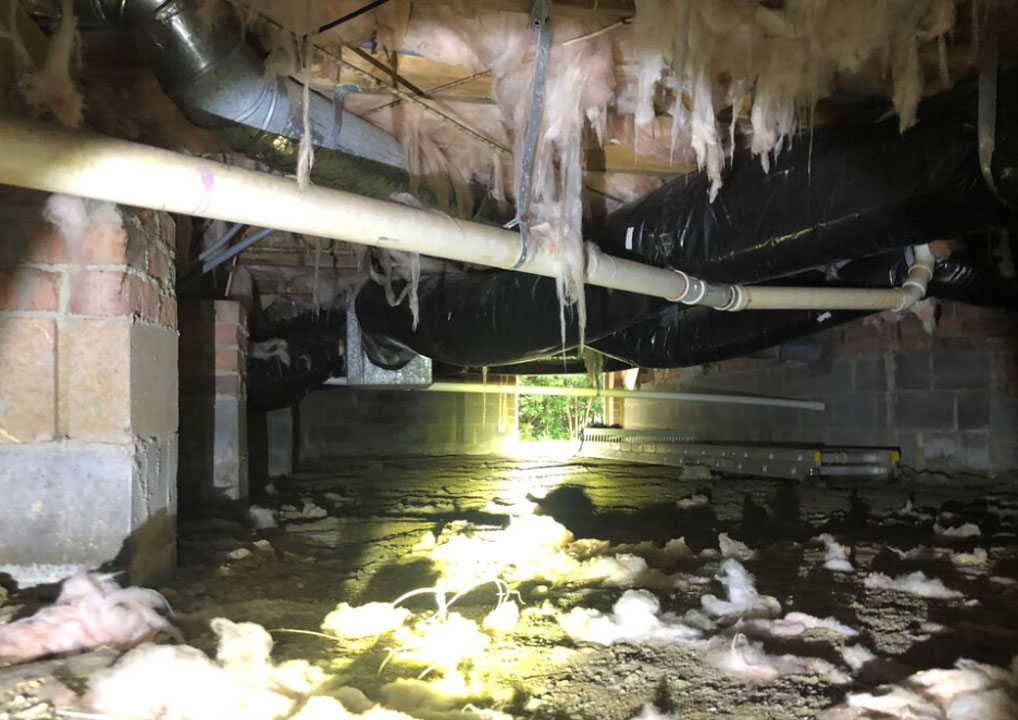
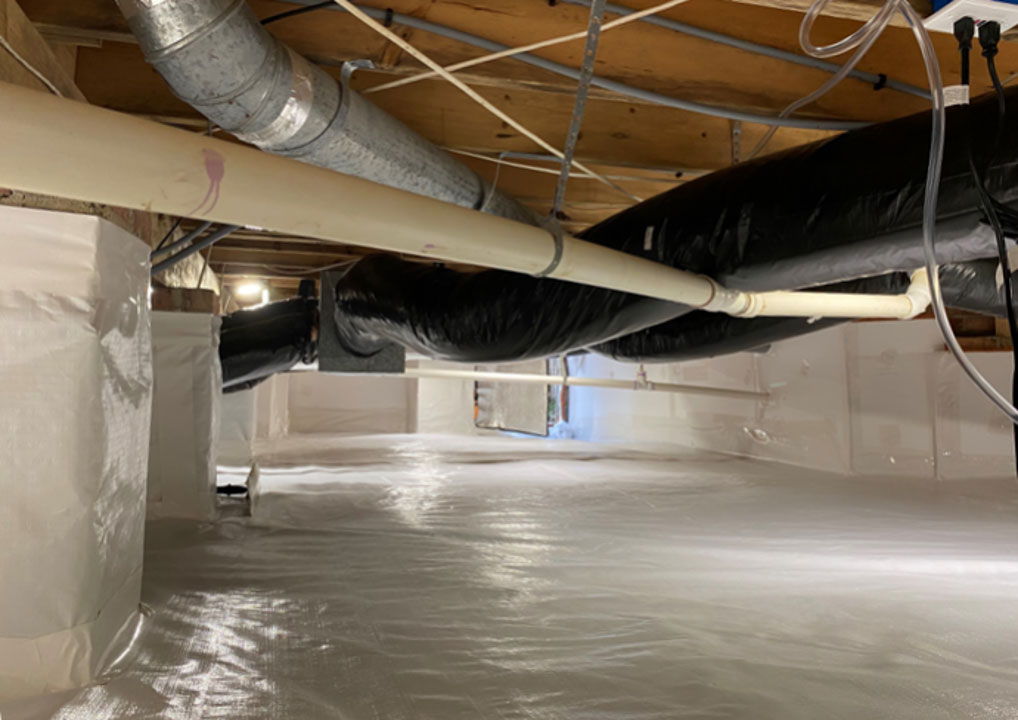
FAQs (Frequently Asked Questions):
What is a vapor barrier?
A vapor barrier is a material used to prevent moisture from passing through walls, ceilings, and floors. Common materials for vapor barriers include polyethylene plastic sheets and aluminum foil.
What are the different types of vapor barriers?
Vapor barriers are classified into three categories according to the International Residential Code (IRC): Class-I, Class-II, and Class-III. Each class has specific characteristics and applications based on climate zones.
Why are building codes important for vapor barriers?
Building codes, such as the IRC, play a crucial role in determining the requirements for vapor barriers. They ensure compliance with safety standards and help prevent moisture-related issues in buildings.
What are some common mistakes to avoid when installing vapor barriers?
Common mistakes include installing double vapor barriers, which can trap moisture between layers, leading to mold growth and structural damage. Proper installation techniques should be followed to ensure effectiveness.
How can I identify moisture-related problems caused by improper vapor barrier use?
Signs of moisture-related problems include mold growth, musty odors, water stains on walls or ceilings, and structural damage. Homeowners should regularly inspect their properties for these indicators.
Where should Vapor barriers be installed based on climate zones?
Vapor barriers should be installed in appropriate locations depending on climate zones. For instance, Class-I barriers are recommended for cold climates, while Class-III barriers are suitable for hot humid environments.


